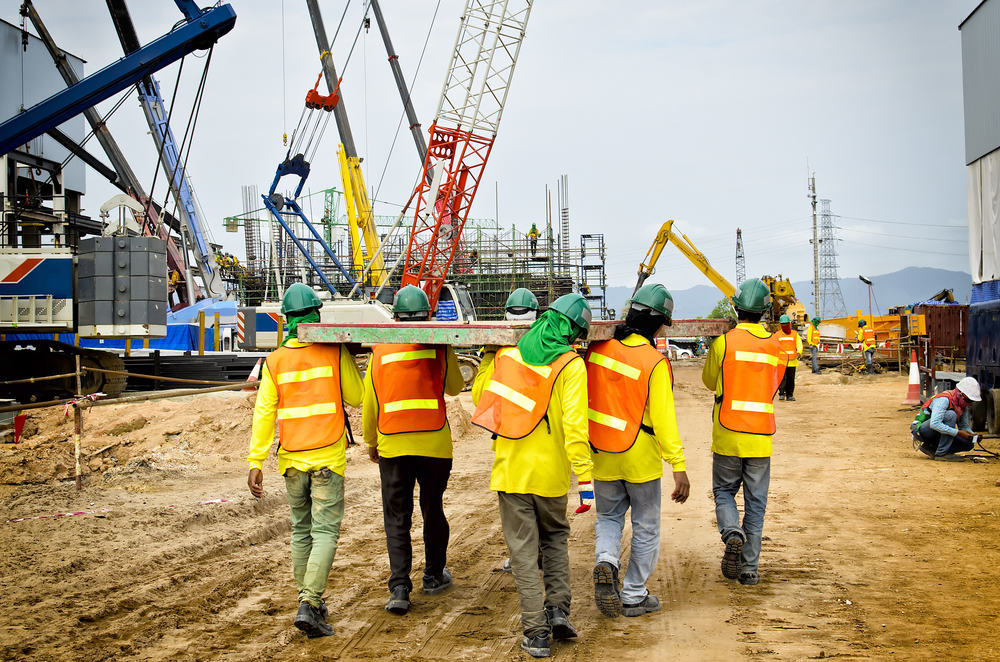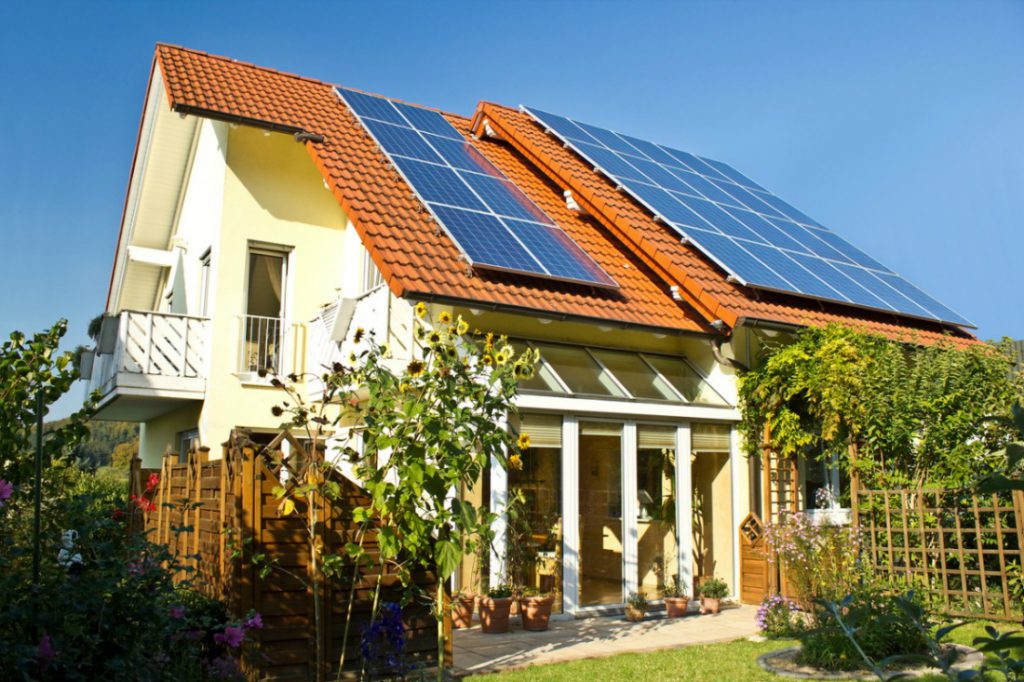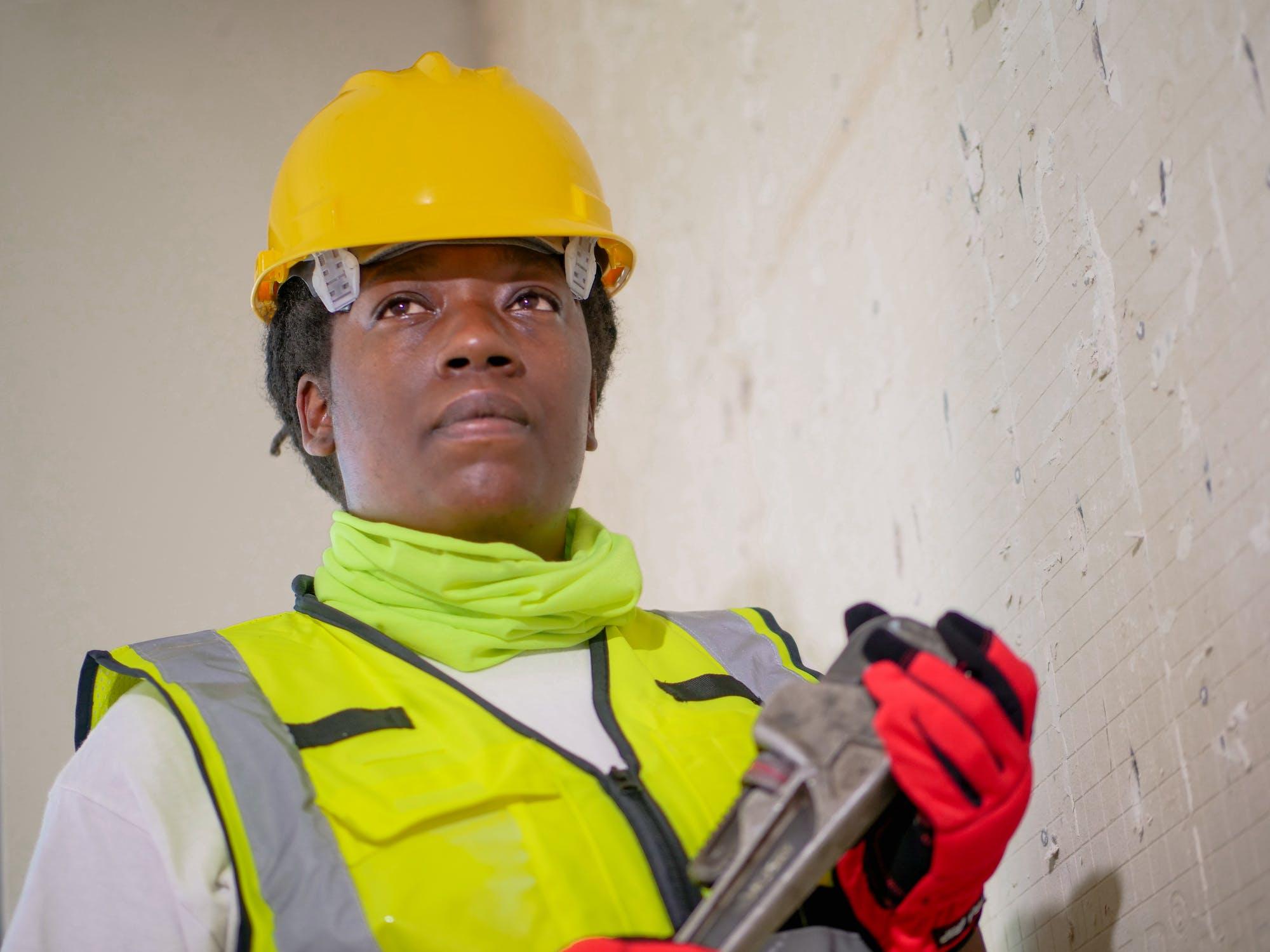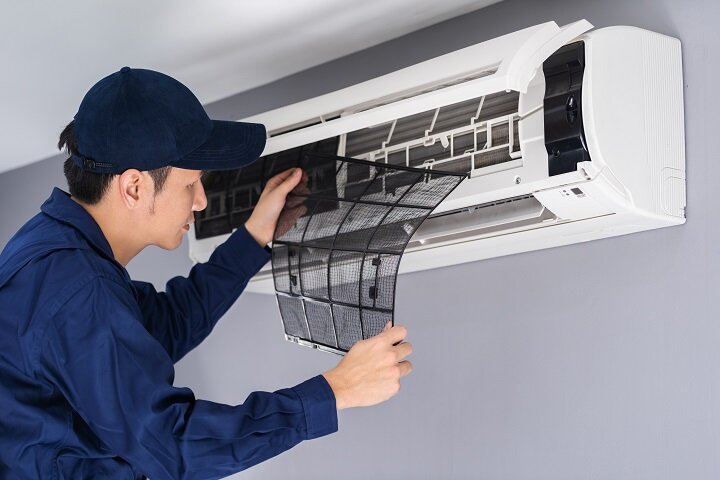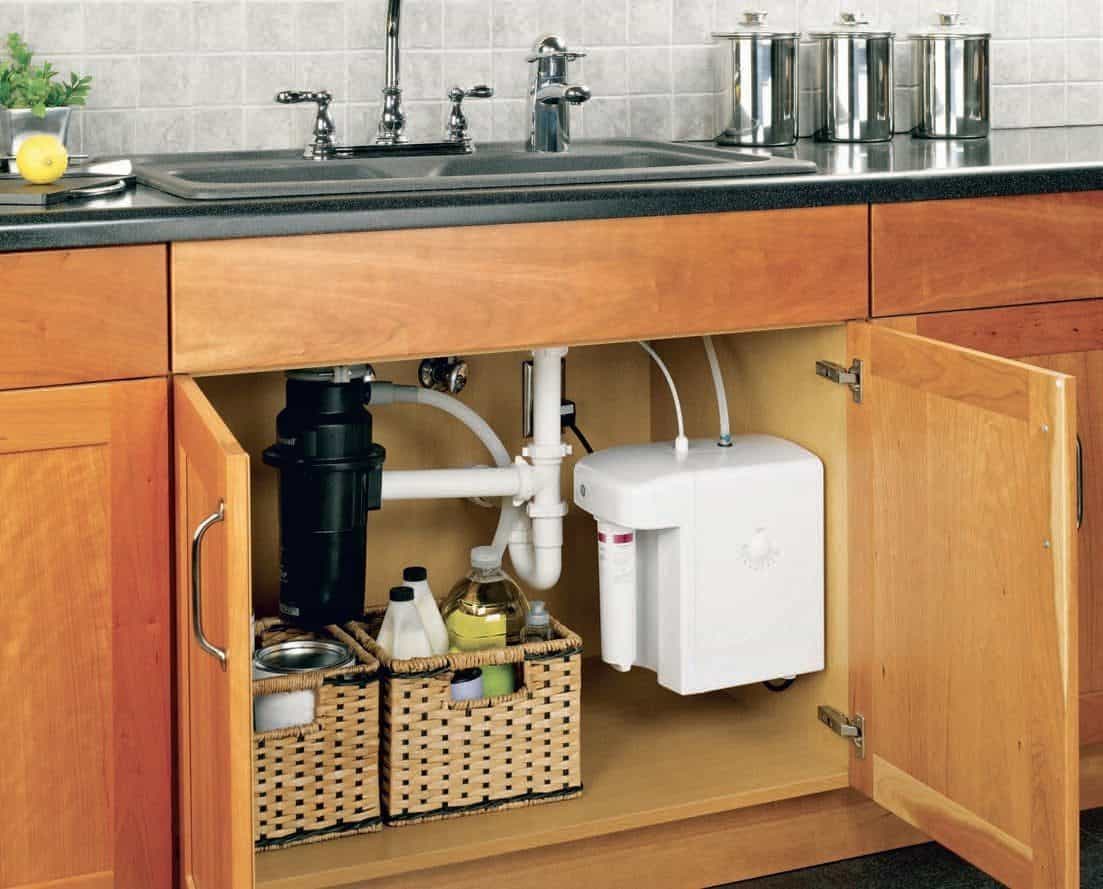Health and safety is the number one consideration to factor before a contractor takes on any project. Health and safety include everything from PPE to the overall safety precautions in place for the worksite itself, and everything in between. But you can’t ensure a construction site is safe without proper planning first.
True enough, there’s not really anything safe about a construction site… Construction sites are covered in risk, but ensuring it to be safe starts with the workers themselves and just how well they follow safety procedures. According to EHS Today, two construction workers die each day from work-related injuries in the US. In fact, it further states that one in five fatalities that happen on the job are related to construction work.
These injuries and fatalities are due to the common causes, notoriously known as the Fatal Four:
- Falls
- Electrocution
- Struck by an Object
- Caught in Between Objects
The Fatal Four has left workers with long-term repercussions like limb amputations, back/neck injuries, scars, and even disfigurements. That alone is all the more reason for you to take safety on construction sites very seriously.
Whether you’re a contractor or project manager, here are the top ways to ensure your construction site is safe.
Ensure Your Construction Site is Safe With These Tips
Training
The learning and training of safety practices of anyone working in the construction industry are never over. The Occupational Safety and Health Administration (OSHA) is full of resources for workers to continually learn by way of pamphlets, on-site training, and training videos to watch. Project managers, contractors, and laborers alike should all be participating in regular safety training.
Hazard Awareness
For all workers entering the construction industry, they must be fully aware of the risks and hazards that come with construction sites. Everything from potential rock slides and walking into a hole to swinging bars and falling off scaffolding, there are so many hazards on construction sites, and it’s workers who think they know everything that put the entire crew and site at risk for injury and potential fatalities. If there’s anyone on the construction crew that blatantly ignores health and safety protocols, they must be reprimanded or can no longer work on the project.
Updated Licensing
Another way to ensure a construction site is safe is to make sure all workers have updated and current licensing. Whether they need to initially obtain their license or renew it, they can easily take a license course from RocketCert. This ensures everyone is legal to work in the state and has taken educational courses and passed the exam to certify they know what they’re doing.
Half the battle of construction work is education and continuing the education… The other half is on the job experience, but you most definitely can’t get that experience until you’ve been properly educated.
Proper Equipment and Gear
When working on a construction site, it’s important that all equipment be checked to ensure it’s safe to use. It doesn’t matter if a piece of equipment was just used the other day, you still want to check it to make sure it’s safe; this is especially true for heavy machinery. Heavy machinery must be maintained just as you maintain a vehicle.
Having cameras on site are also a great way to maintain safety. In case an accident happens, you’ll be able to have video footage of exactly what happened.
Proper gear also includes what you wear. Goggles, gloves, masks, vest, hard hats, and shoes are all part of making sure you have the proper equipment. You want to make sure your masks prevent you from breathing harmful chemicals and toxins in the air, you want to make sure there are no holes in your gloves in case you have to handle something hot, and you want to make sure there are no cracks in your goggles to properly protect your eyes. Apart from these common PPE, there are also specialized gears when handling heavy equipment such as sandblasting machine. Make sure to be equipped with a blast suit that includes a blast helmet, respirator, and gloves.
Not being equipped with the proper gear and equipment are recipes for serious injuries, and neglecting to ensure they’re properly maintained is even worse.
There are more considerations to factor when it comes to construction site safety but the four listed above, if regularly implemented, will cut down the risk for injury and fatalities drastically. Ensure your workers and site is safe by implementing these best practices.
